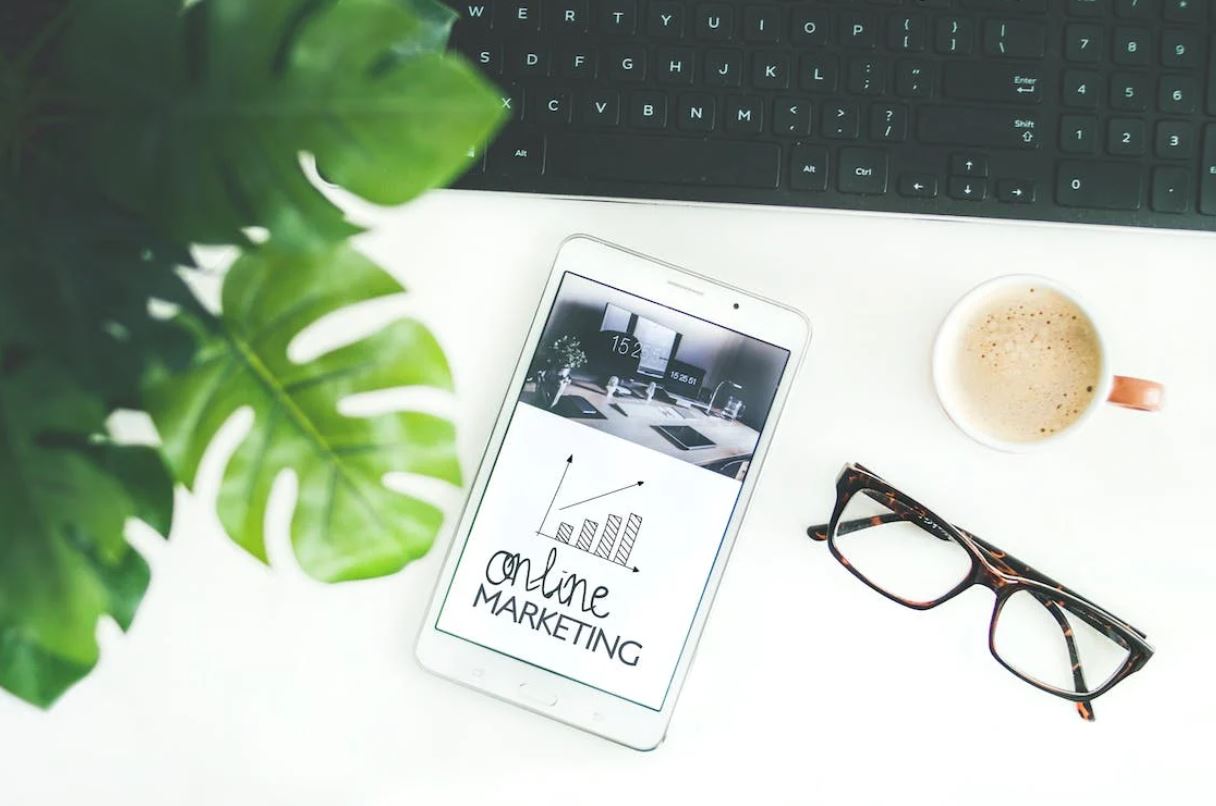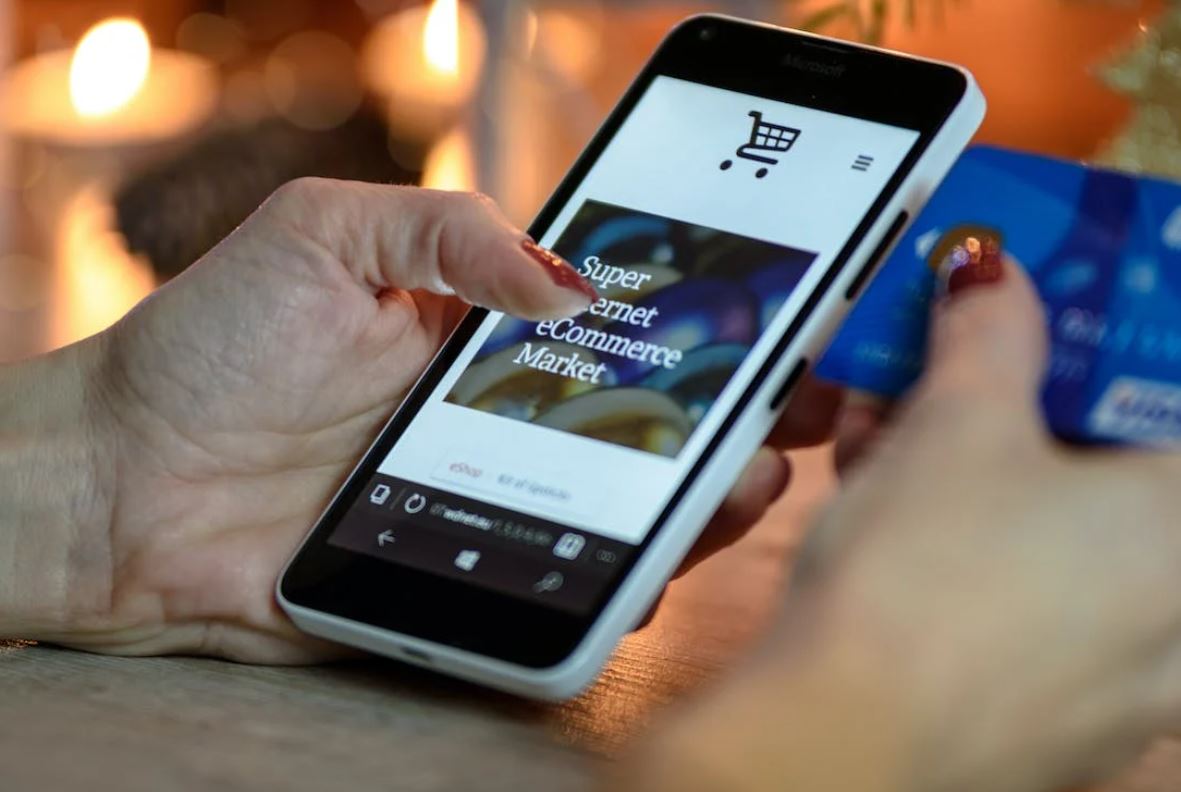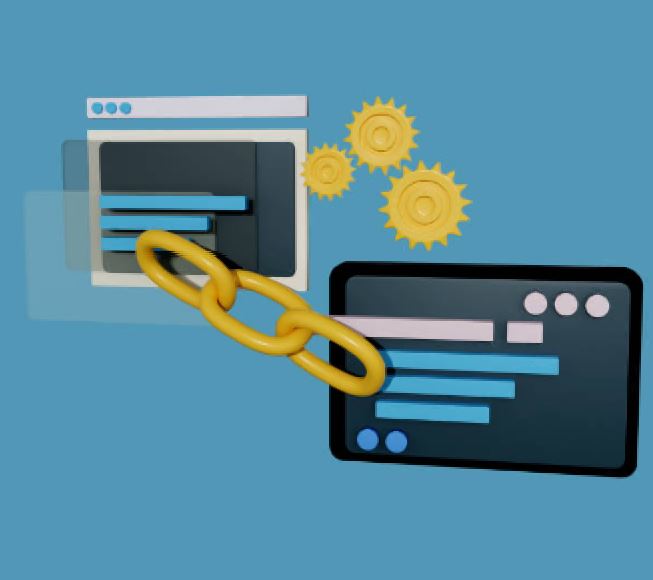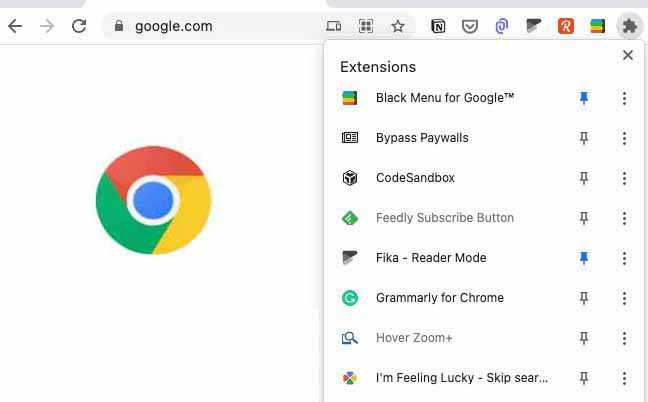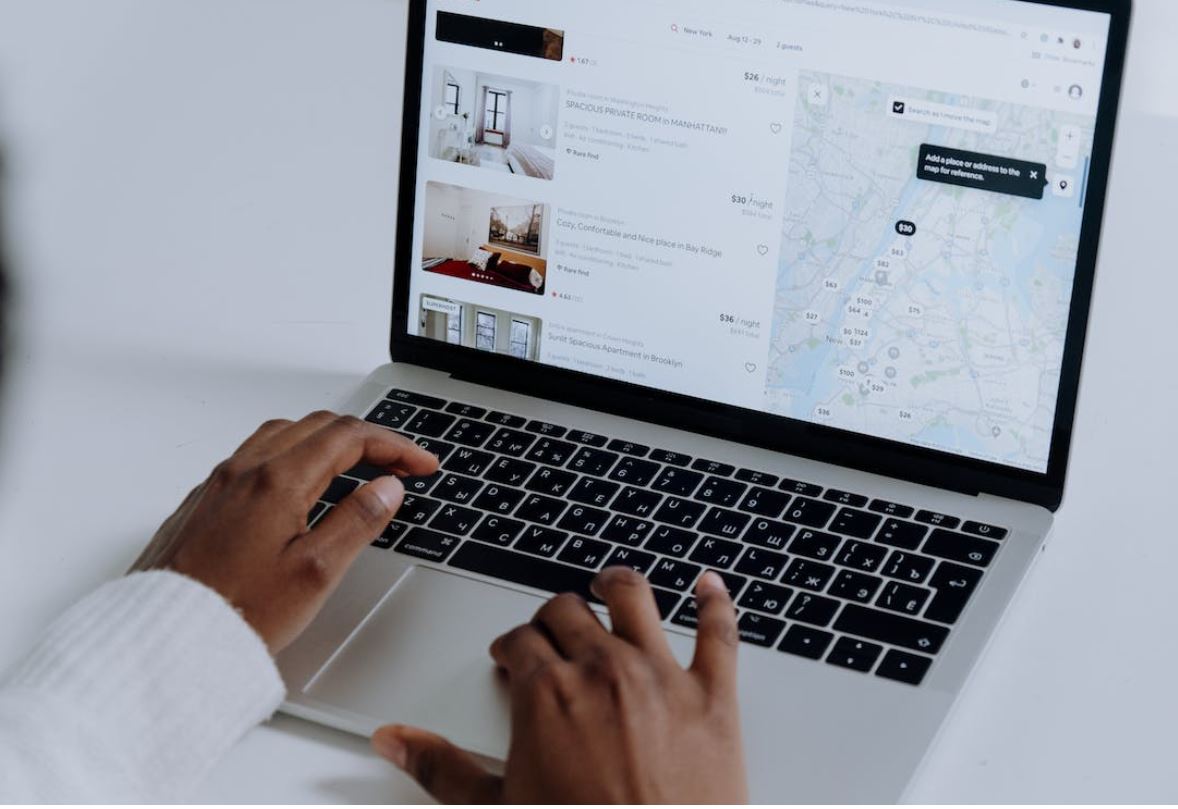Reading Time: 11 minutes
Number of Words: 2460
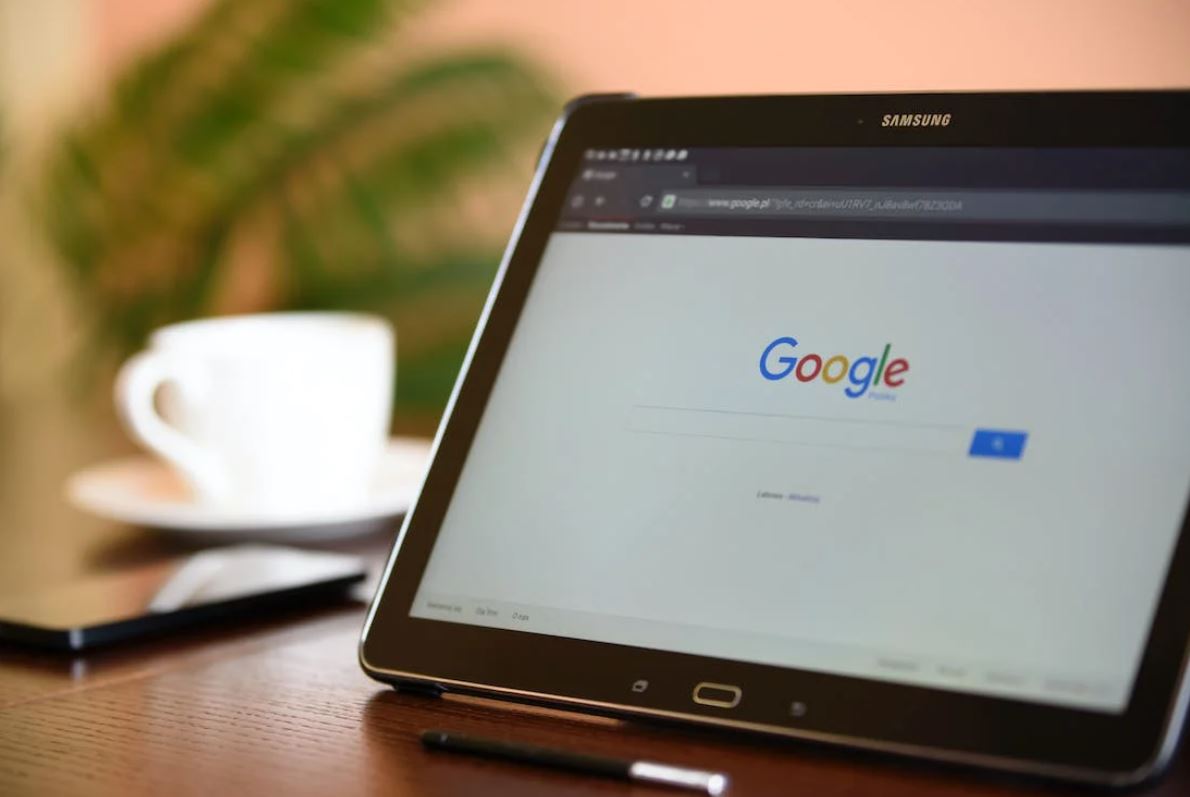
Getting Ranked in Google
If we have a website and we want to position our site properly in Google we must first find that our site has no errors of any kind, and then promote it using known marketing techniques offered by major companies in the sector.
We make a quick summary of possible measures that we must take into account within our site and that we can solve in an easy way:
- Choosing keywords according to the theme and content of your site.
- Search and choose keywords related to the content of your page.
- Write the title and description tags of the page.
- Optimize the header tags with the defined keywords..
- The page created must have more than 1000 words.
- Create friendly URLs.
- Send a sitemap with all the pages of our site to Google.
- Have our website well optimized for mobile devices.
- The loading speed of our site should be as fast as possible.
- Do not have broken links within our site.
- Observe competitors' web pages to better understand the user's search intent depending on the keyword to be used.
- Lower the bounce rate of a website by modifying your content so that when a user enters your page they do not quickly return to the search results.
Table of Contents Getting Ranked in Google by 2022
- Google has announced that it will focus on getting more do-it-yourself (DIY) content online
- Google is working on an algorithm that will rank websites by their trustworthiness
- Google is looking to provide more services to consumers in non-American countries
- On page SEO focuses on the HTML and text of a website's pages
- Search engines look at a lot of factors when categorizing websites
- There are many ways to improve your on page SEO
- SEO on Page Methods
- Search engines understand a user's intent by looking at the search term
- People often search for things based on their intentions for the future or past
- Search terms can be explicit or implicit, making it easy for users to express their intent
- The bounce rate of a website
Google has announced that it will focus on getting more do-it-yourself (DIY) content online
Although most internet users are familiar with the Google search engine, many people don't know the history behind it. Back in the 90s, when roommates Larry and Sergey started working on a search engine, they had no idea it would become as popular as it has. Many internet users use the Google search engine on a daily basis to search for information, navigate the web and save time. Essentially, Google has revolutionized how people interact with information on the internet.
One of the recent updates from Google is that the company plans to focus more on DIY content in the future. This move will help Google rank websites based on how trustworthy they are. It will also help them filter out websites that manipulate their rankings. Ultimately, this will make web browsing much more convenient for everyone!
Google is working on an algorithm that will rank websites by their trustworthiness
Another change that's underway is an algorithm aimed at ranking websites by trustworthiness. The goal is to make people choose trustworthy websites instead of unreliable ones. Currently, most internet users find what they're looking for by accident on unreliable websites. This leads to widespread distrust and opinionated decisions about which websites are trustworthy and which aren't. Over time, this will help secure the internet's continued use in today's society.
Google is looking to provide more services to consumers in non-American countries
Google is also working hard to provide more services to consumers in non-American countries. Currently, their service only works for Americans living in American territories such as Puerto Rico and Guam. They'd like to change that soon by increasing their reach to other countries. Doing so will make it easier for people around the world to use Google's services without worry of geo-restrictions.
Based on recent updates from Google, it seems like the company is making significant efforts toward achieving its goals related to web ranking, consumerism and global accessibility. Ultimately, this will help everyone gain access to reliable internet solutions without limit!
On page SEO focuses on the HTML and text of a website's pages
Search Engine Optimization (SEO) is a way to improve the visibility of a website in search results. To understand what SEO is, you must first know what websites are. Websites are collections of information used to communicate, buy and sell. They are also used to create and disseminate news, ideas and other data. Each website is unique in the content it offers and the methods it uses to communicate with its viewers. All that communication is what makes the Internet so useful; however, the way those communications are done makes the web inaccessible to some people. People with disabilities find it difficult to access websites and use them for everyday activities. People with limited internet access can't purchase items online or apply for jobs online. Accessibility issues make the world a less accessible place for those without internet access. As we learn how to make the web more accessible, we are also learning how to make it better for everyone- both with and without internet access.
On page SEO focuses on the HTML and text of a website's pages. Each page on a website must have an up-to-date description of its topic or users with disabilities will be unable to find relevant information. These descriptions are called meta tags and they allow website owners to manage their pages' content easily. Another important aspect of SEO is organizing your website's pages according to relevant information. For instance, if you're selling shoes, organize your pages according to shoe types so your viewers can quickly find what they're looking for. Organizing your pages well can increase your site's rankings in search results and make it easier for people with disabilities to access your site.
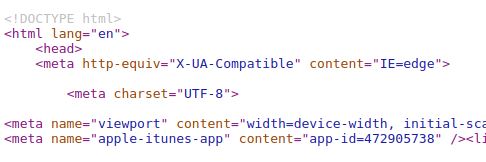
Search engines look at a lot of factors when categorizing websites
Search engines analyze many different factors when deciding which websites to include in their results. The most important factors are how many backlinks each webpage has and how relevant each webpage is to its viewers. Backlinks are links from other websites that direct people towards your page; this makes it easier for you to gain PR (PageRank) points from search engines. Relevance is determined by analyzing the content of your pages and determining what information viewers need most closely aligned with their interests. For example, if you're selling shoes, determining which pages viewers need most closely aligned with their interests when buying shoes will improve your rankings in search results.
There are many ways to improve your on page SEO
Various things can be done to improve your site's rankings by making small changes that increase website relevancy and accessibility for people without internet access. One thing you can do is keep your pages up-to-date so search engines have current information about your webpage topics. You can also add meta tags to your pages that help search engines understand the content of each page better. Adding descriptive heading tags helps search engines understand what each page is about and allows users with disabilities access through captions or a SPAT button . You should also make sure every element on your webpage works as intended so no blind users get stuck browsing sites incorrectly . All these small things will help make your site easier for people without internet access!
Making the web more accessible has many benefits for both people with and without internet access. Making websites more accessible improves traffic for businesses and increases advertiser profits. People without internet access also use the web daily; however, they often find it inaccessible due to outdated HTML coding or poor page organization methods. SEO is working towards making the web more accessible for everyone through better HTML coding and accessible webpage design strategies like SchemaSEO . If we all work towards making the web more accessible, everyone will benefit from having online access!
SEO on Page Methods
SEO on Page is the set of methods that we can do to improve our site in the main search engines. We highlight the following points:
- Search and choose keywords related to the content of your page and mention them a number of times that is not excessive or too short, a number of times in which we can capture what we want to say in the content of that page.
- Write the title and description tags of the page where that keyword is included and clearly define the objective of that page. We can look at competitor's pages and what kind of descriptions they do to get an idea of what we can capture on our page.
- Optimize the header tags with the defined keywords. The heading tags are H1, H2, H3, H4 and H5, where H1 is the most important and should only appear once and in the highest area of the page, H2 should appear several times as secondary headings and from H3 lower headings that can appear several times in less prominent areas of the pages.
- The page created must have more than 1000 words, have the best possible description on the keywords or the chosen topic, so that this description is superior to that of the direct competition for the same keyword chosen.
- Create friendly URLs that have the chosen keyword, so that we are as follows: www.mysite.com/my-keyword-selected
- Send a sitemap with all the pages of our site to Google. Sitemap is an XML file in which we include all the pages of our site, including at the top the last updated pages of our site.
- Have our website well optimized for mobile devices. We must see as well our site on a mobile than on a PC. To do this we can use the lookkle SEO analyzer to check if it is well optimized.
- The loading speed of our site should be as fast as possible. For this we must have images of small size mainly. We can use the lookkle web speed analyzer to check if our site is well optimized.
- Do not have broken links within our site. All the images of our pages must be seen correctly and loaded in the shortest possible time. All links on our site must lead to a page, it is not positive that a link does not lead to any site. We can check this with lookkle's broken link checker.
Search engines understand a user's intent by looking at the search term, the search term's relevance to the original search request and the user's search history
Online search engines are a fundamental part of our lives. Almost every aspect of human existence is facilitated by the internet; from communicating with friends and family to purchasing goods and services to accessing educational resources and much more. As such, it's essential that these engines function smoothly and efficiently. Each of these engines has its own set of unique features that help users find various types of information on the internet.
Search engines use artificial intelligence (AI) to understand user intent when performing a web search. User intent refers to the purpose for which a user performs a web search- for example, looking for information or purchasing goods or services. This can be determined by analyzing the search term, relevance to the original search request, user history and more. Essentially, these factors help search engines understand what a user is looking for and how to best deliver that information to him or her.
People often search for things based on their intentions for the future or past
Based on how an engine responds to a query, a user's intent can be inferred by examining his or her past online search queries. For example, if a user consistently searches for 'restaurants' but then later searches for 'delivery restaurants,' this can imply that he has an interest in making a dining reservation- a future-oriented intent. On the other hand, if the same user consistently searches for 'dog foods' but then later searches for 'cat foods,' this can imply an interest in feeding his pet both food groups. An implicit intent would be hard to detect based on past queries alone as there are many different possible future scenarios a user might be referring to with his queries.
Search terms can be explicit or implicit, making it easy for users to express their intent
Apart from general intentions, it's important to note that search terms often have hidden meanings or can be used implicitly. For example: A user who is interested in buying computer equipment may type in 'computer hardware.' However, this could also be interpreted as someone interested in buying computer hardware components- which could be anything from CPU chips to motherboards to RAM. In addition, users who are looking for something specific may type in very specific terms that are relevant to their search request. For example, someone looking for dog food may type in 'dog food red Meat Eaters.' In this way, the exact words used by the user make all the difference when deciphering his future- or past-oriented intentions.
Based on how an engine responds to a query, a user's current intentions can be inferred by analyzing his past online search queries and how those queries are likely related to his current web search request. AI helps web search engines optimize their results based on current and future user needs; this is easier to do when designers understand what users are looking for and how best to provide that information to them.
Another way to analyze the search intent for a keyword is to analyze the competition, in this way we can know why those pages are in the top positions for that keyword, as they may include techniques such as descriptions, definitions, analysis, examples,...
The bounce rate of a website
As we have seen, Google does not like to see users arrive on a page and return to the search results quickly, or what is the same, to spend a short time on that page, which may indicate that the content is not suitable for that keyword.
A good technique for this bounce rate is not high is to place the important content at the top of your page, so that the user to reach the site quickly find what they are looking for.
Another way to lower the bounce rate of our page is to structure it with an index at the top, so that the user can go directly to where he is interested.
Adding visual elements to the page such as videos, graphics, screenshots is another way to attract the user's attention and make them stay on our site better.
Tips on SEO and Online Business
Next Articles
Previous Articles



